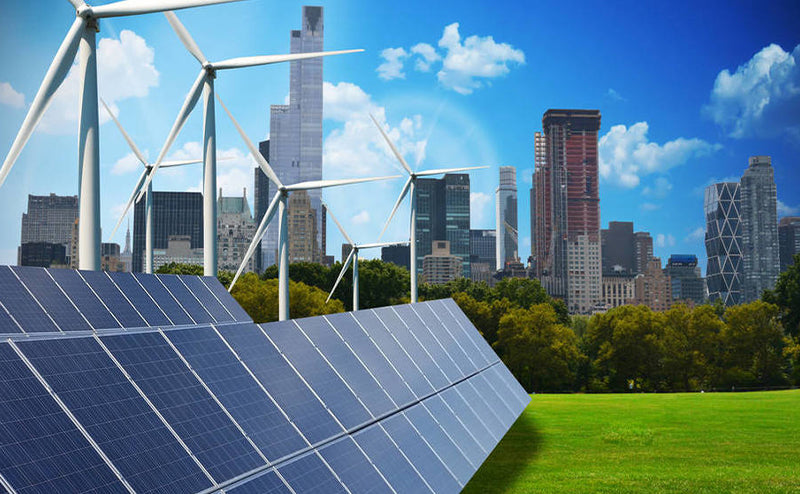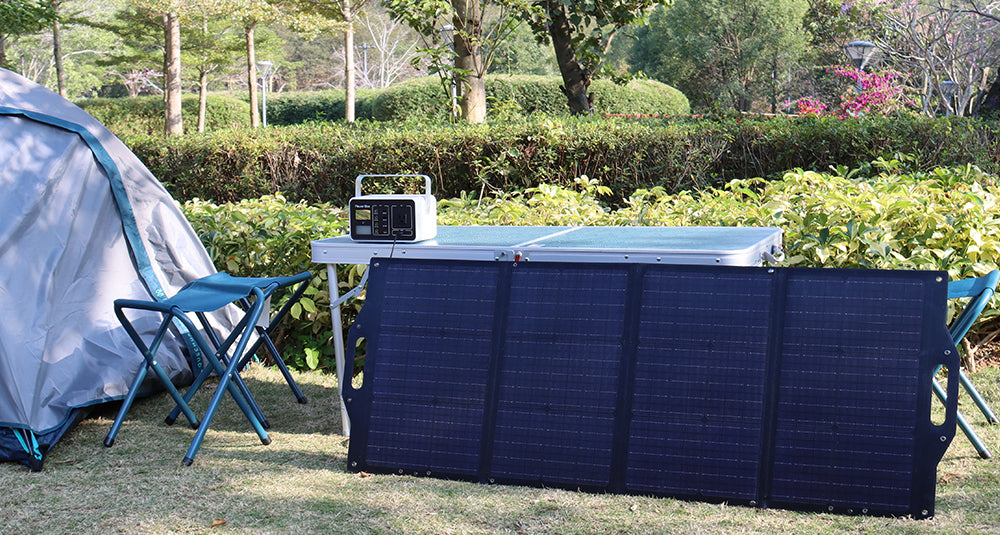Floating solar photovoltaic (PV) projects have gained traction in recent years as a viable alternative to land-based solar power plants. By installing solar panels on floating structures in bodies of water, these projects not only save valuable land resources but also offer several other benefits, such as reduced water evaporation and improved panel efficiency due to the cooling effect of water. However, floating solar PV projects also face unique challenges, such as the need for specialized materials and engineering solutions to withstand harsh aquatic environments. This article explores the benefits and challenges of floating solar PV projects from a global perspective, highlighting some successful case studies from around the world.
One of the most significant benefits of floating solar PV projects is their ability to save valuable land resources. In densely populated countries like Singapore and Japan, where land is scarce and expensive, floating solar installations offer a viable solution to meet the growing demand for renewable energy. For instance, Japan’s largest floating solar power plant, the Yamakura Dam project, spans over 180,000 square meters and generates enough electricity to power approximately 5,000 households. Similarly, Singapore’s Tengeh Reservoir floating solar project, which is currently under construction, will be one of the world’s largest, with a capacity of 60 megawatts.

Another advantage of floating solar PV projects is their potential to reduce water evaporation from reservoirs, lakes, and other bodies of water. By covering the water surface with solar panels, these installations can help to minimize water loss due to evaporation, which is particularly beneficial in arid regions or areas facing water scarcity. For example, the 500 kW floating solar power plant at the Banasura Sagar reservoir in India is estimated to save about 1 million liters of water annually.
Floating solar PV projects can also benefit from the cooling effect of water, which can improve the efficiency of solar panels. As solar panels tend to perform better at lower temperatures, the water’s cooling effect can help to maintain optimal operating conditions and prolong the panels’ lifespan. This advantage is particularly significant in regions with high ambient temperatures, such as the Middle East, where the world’s largest floating solar power plant is being developed in the United Arab Emirates. The 700 MW project is expected to generate enough electricity to power approximately 320,000 homes.
Despite these benefits, floating solar PV projects also face unique challenges. One of the main challenges is the need for specialized materials and engineering solutions to withstand the harsh aquatic environment. Solar panels and other components must be resistant to corrosion, UV radiation, and biofouling, while the floating structures must be designed to cope with waves, currents, and other dynamic forces. Moreover, the installation and maintenance of floating solar PV projects can be more complex and costly than their land-based counterparts, due to the need for specialized equipment and expertise.
Another challenge is the potential impact of floating solar PV projects on aquatic ecosystems. While some studies suggest that these installations can provide shade and shelter for fish and other aquatic organisms, there are concerns about the potential disruption of natural light patterns and water quality. As a result, it is crucial to carefully assess the environmental impact of floating solar PV projects and implement appropriate mitigation measures.
In conclusion, floating solar PV projects offer a promising alternative to land-based solar power plants, with significant benefits such as land savings, reduced water evaporation, and improved panel efficiency. However, these projects also face unique challenges, such as the need for specialized materials and engineering solutions, as well as potential environmental impacts. By learning from successful case studies around the world and addressing these challenges, floating solar PV projects can play a crucial role in the global transition to renewable energy.
For more information, please click here: https://isolarparts.com
Twitter: Solarparts Instagram: Solarparts
Tumblr: Solarparts Pinterest: Solarparts
Facebook: Shenzhen Solarparts Inc
Email address: Philip@isolarparts.com



